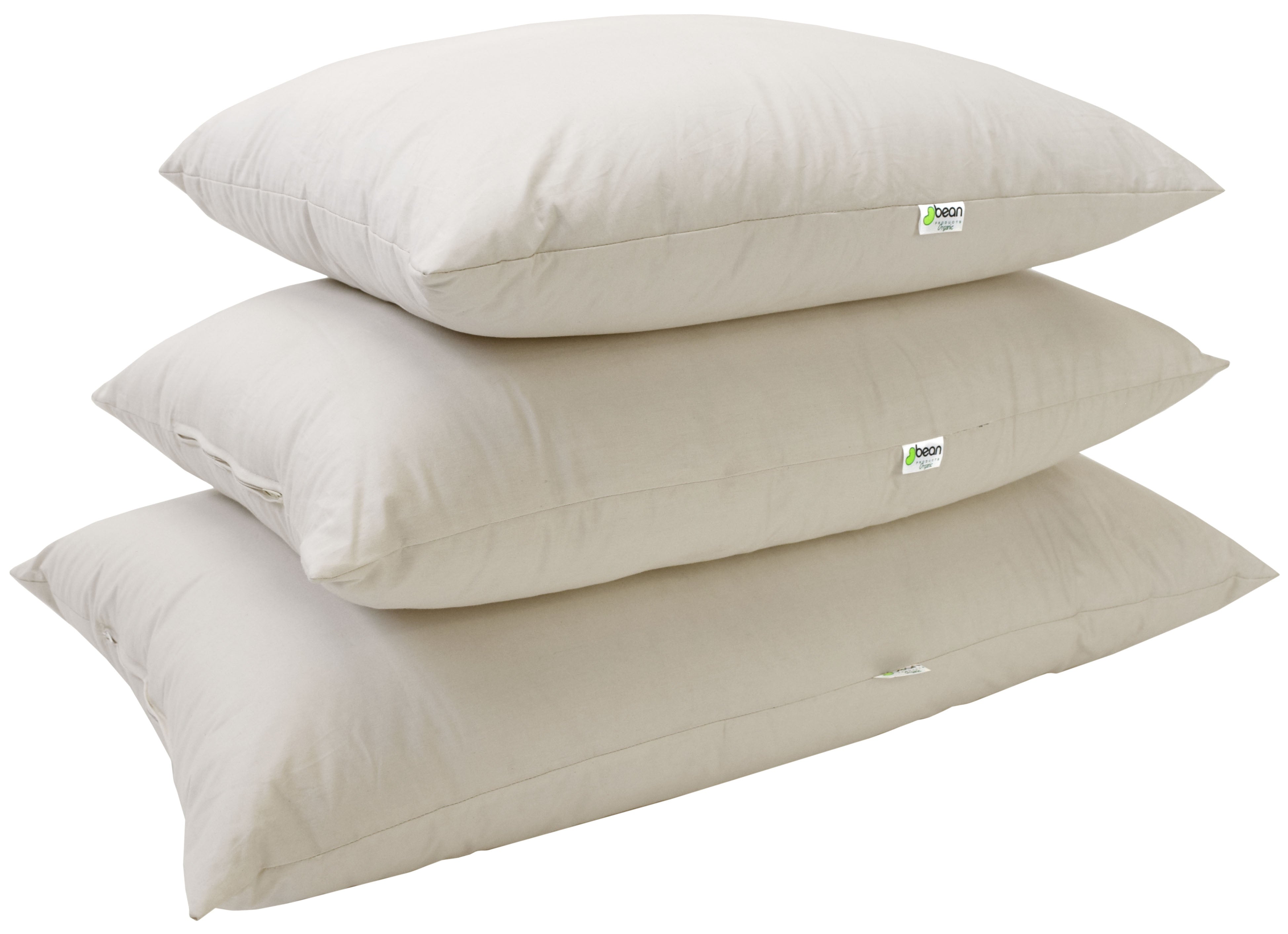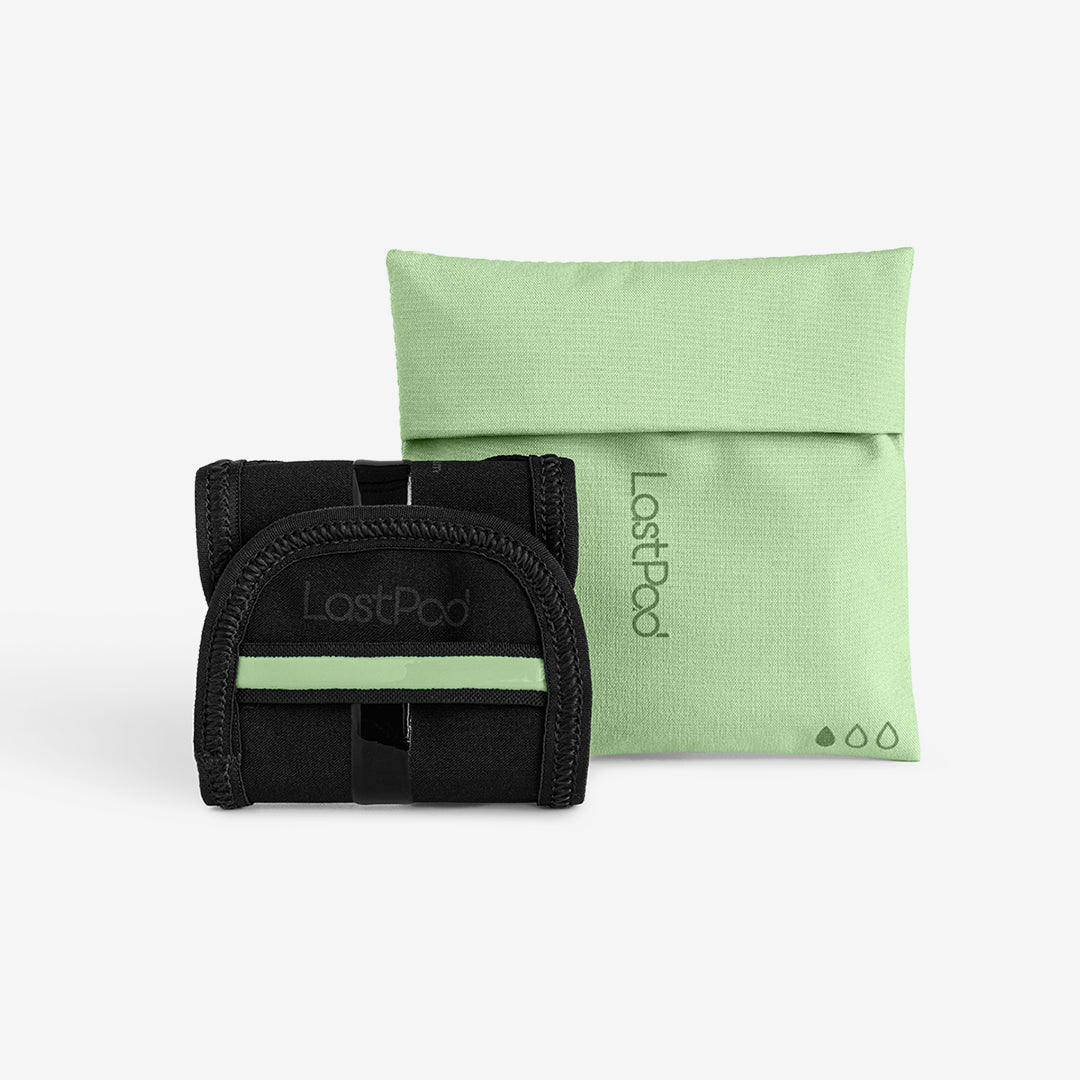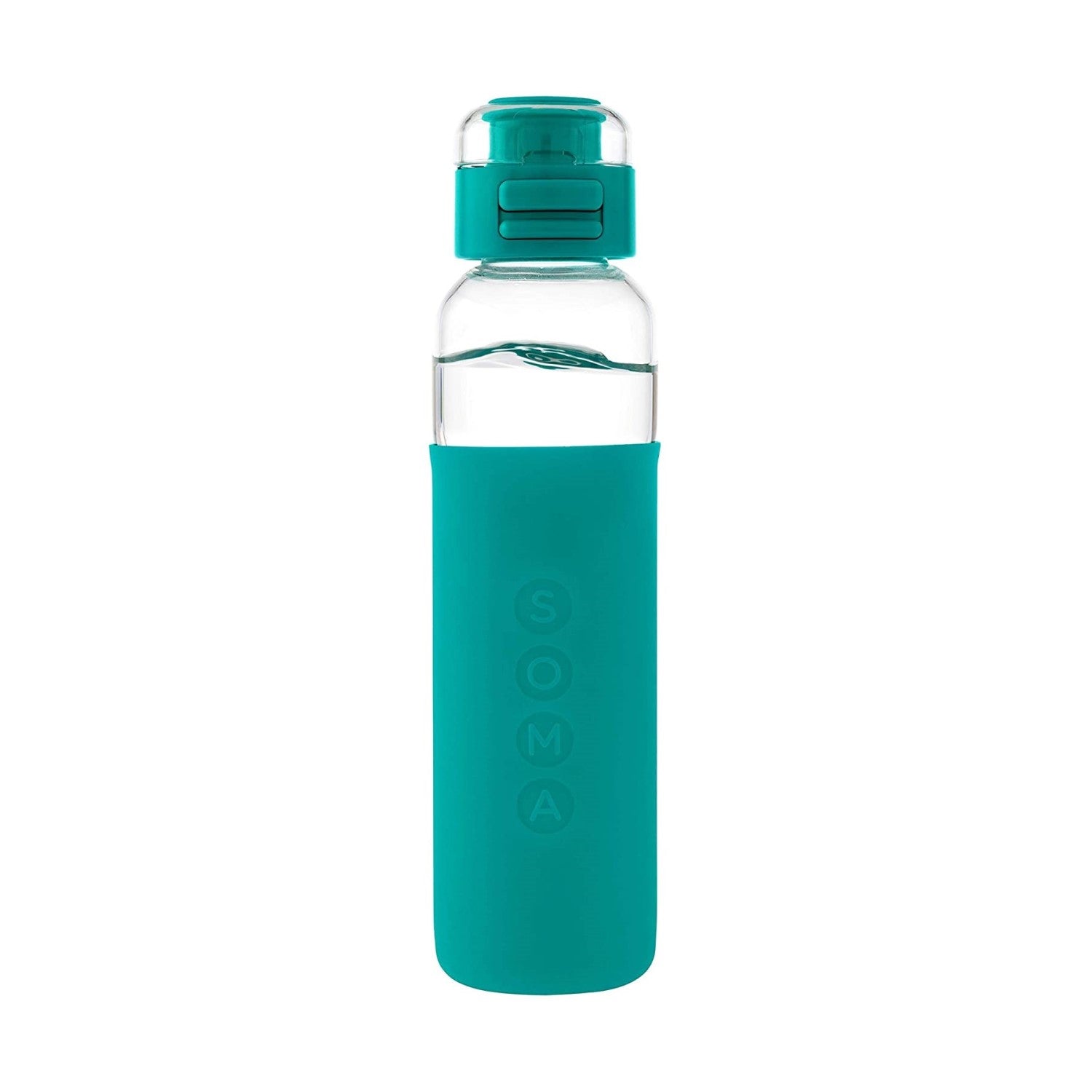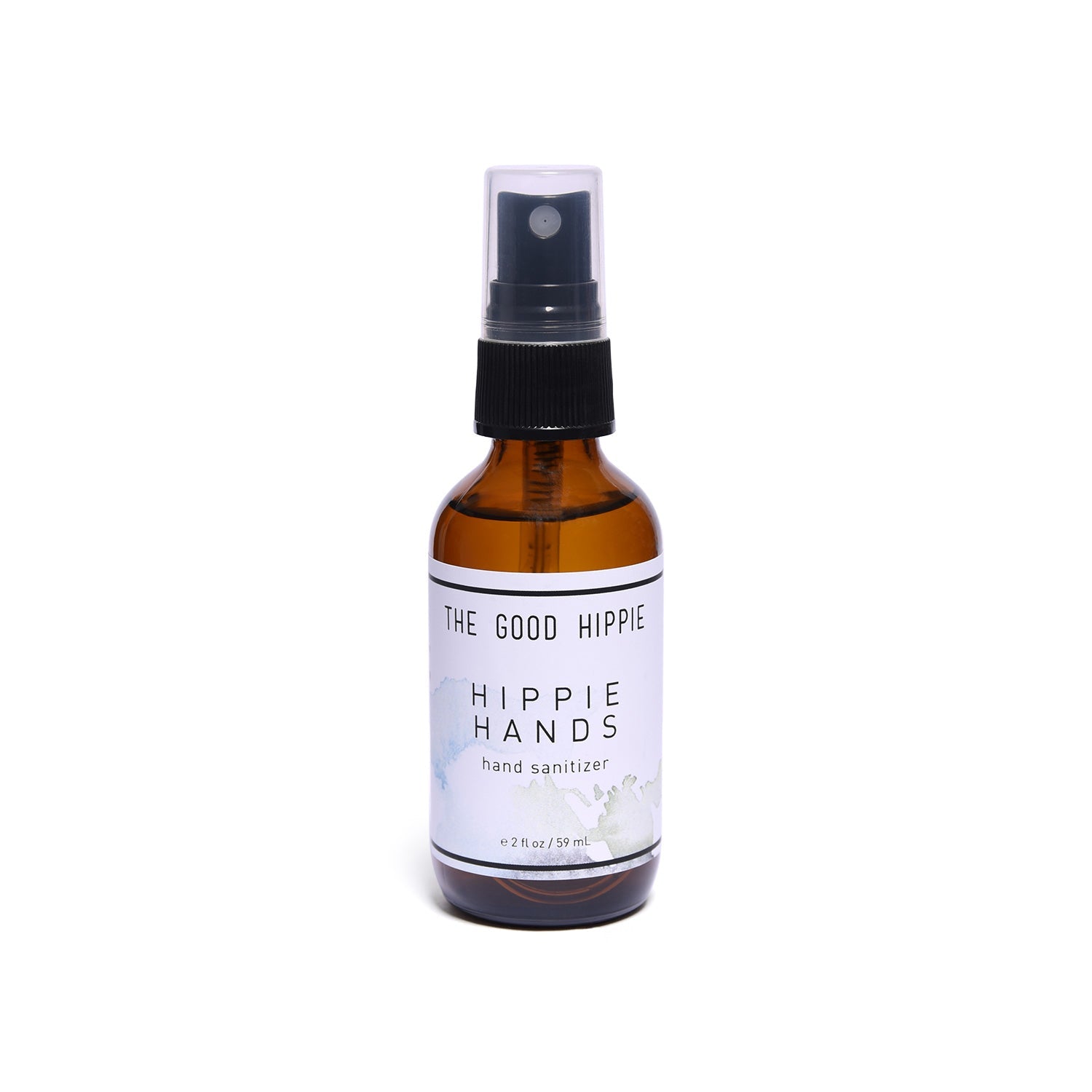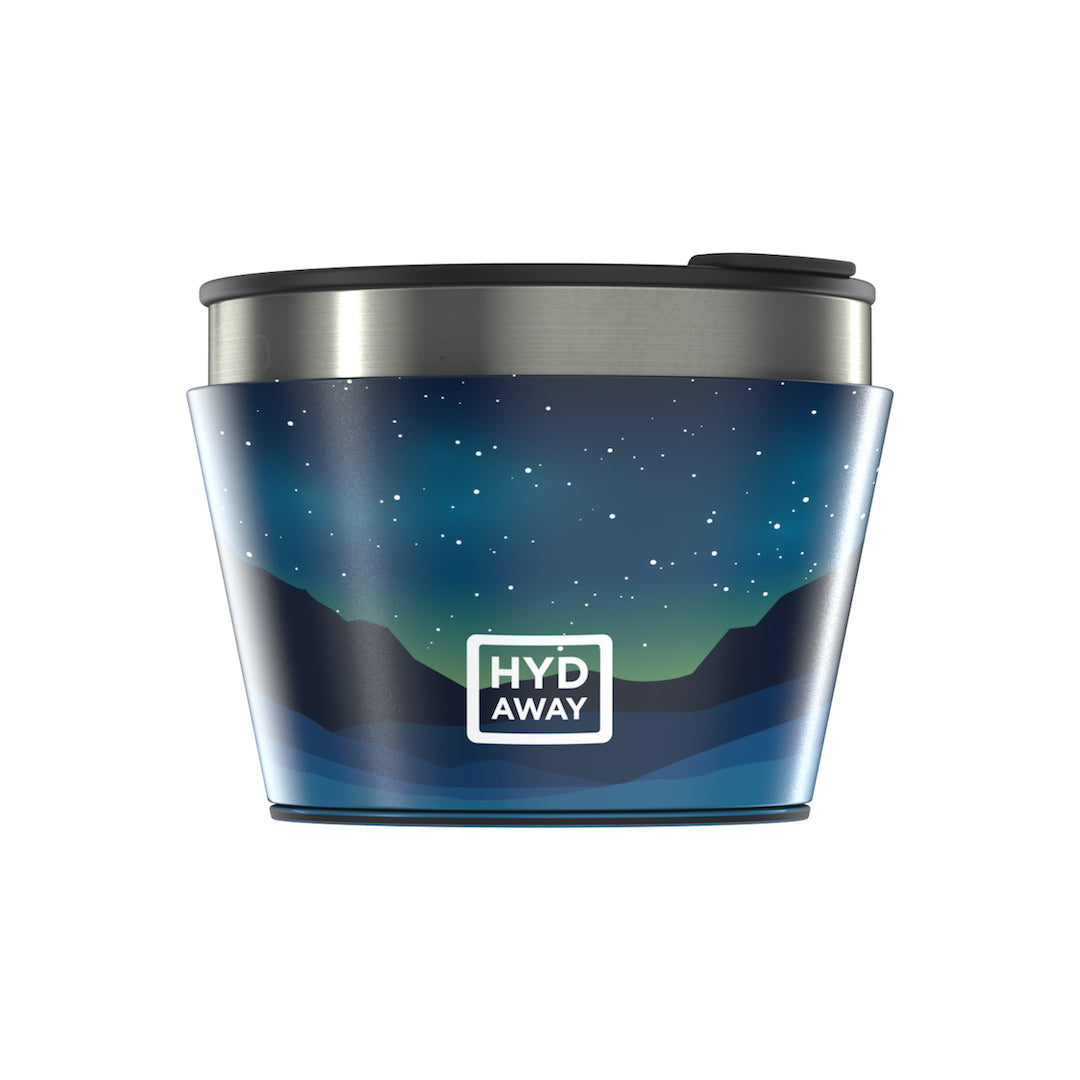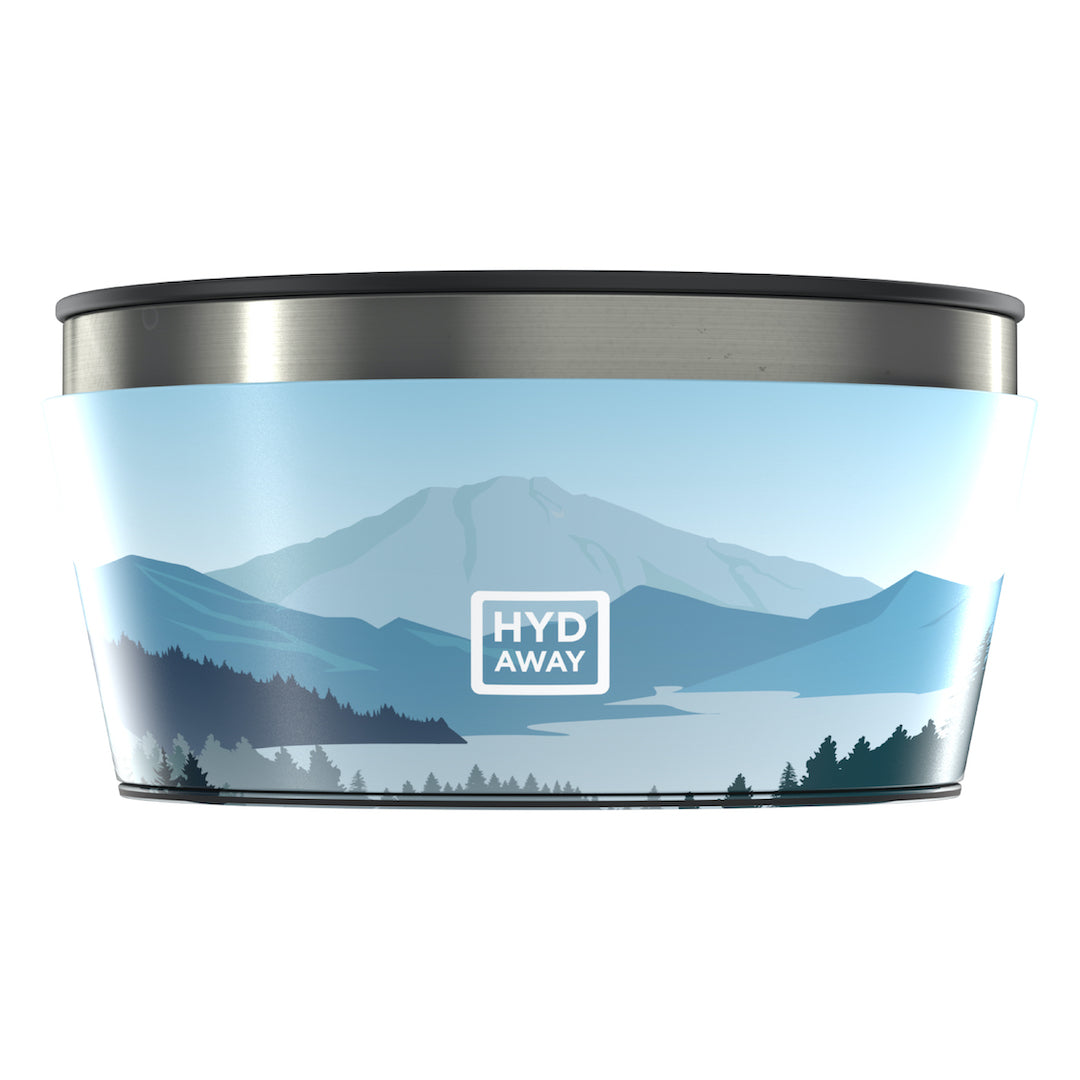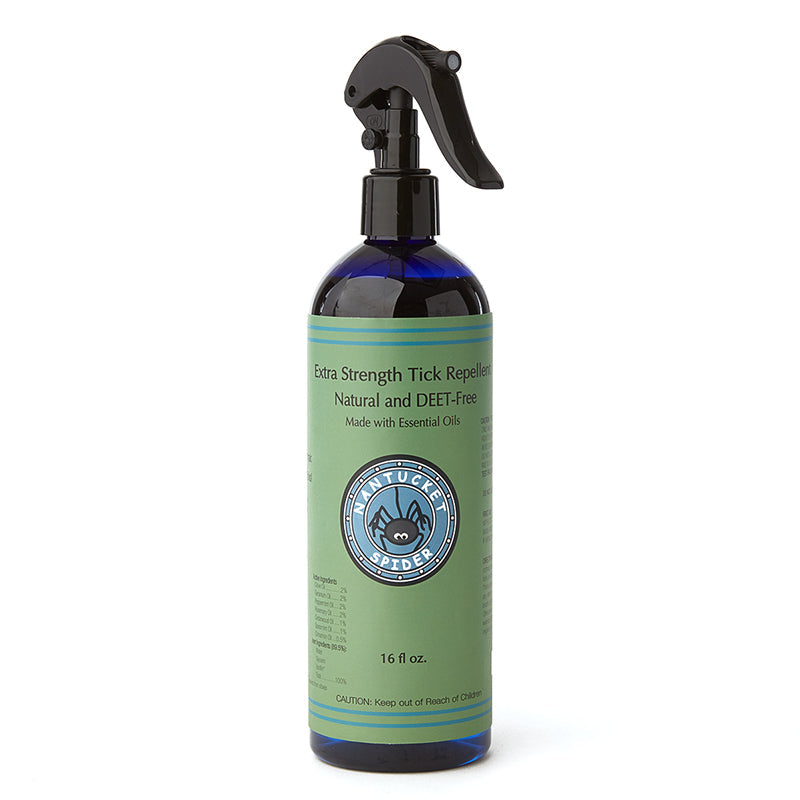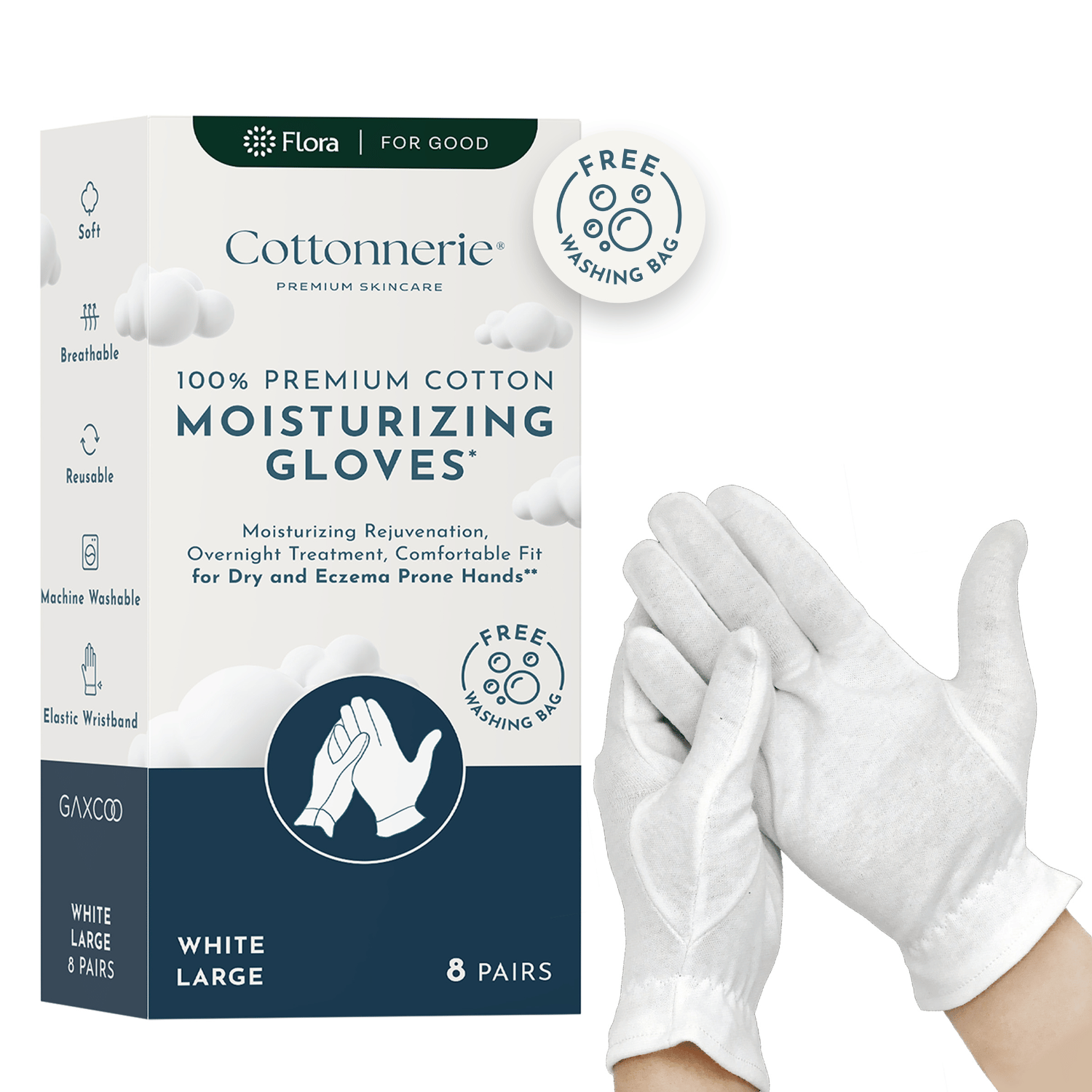Health & Wellness
The Great Produce Wash-Off: Baking Soda vs. White Vinegar
August 15, 2023
Yarkın Tepe
6 min

The growing concerns about the safety of our food have led many to seek methods to ensure their produce is free from harmful pesticides. Pesticides, which are used extensively in agriculture to control pests and diseases, can remain on fruits and vegetables, posing potential health risks to consumers. In response to these concerns, natural cleaning solutions like baking soda and white vinegar have become popular choices for their effectiveness and safety. Learn more about the importance of removing pesticides from produce.
Understanding Baking Soda and White Vinegar
-
Baking Soda (Sodium Bicarbonate):
-
A mild alkali that can chemically react with the acidic residues of pesticides, resulting in a neutralization effect that makes it easier to wash away these chemicals.
-
-
White Vinegar (Acetic Acid):
-
As an acid, white vinegar is effective against certain pesticides, breaking them down and removing them from the surface of fruits and vegetables.
-
Mechanism of Action for Each Agent
-
Baking Soda's Action:
-
The alkaline nature of baking soda helps in breaking down more stubborn pesticide residues, particularly those that are acid-based.
-
-
White Vinegar's Action:
-
The acidity of white vinegar makes it effective at dissolving certain types of pesticide residues, especially those that are alkaline.
-
Versatility and Effectiveness
-
Range of Pesticides:
-
Baking soda is more effective against a broad range of pesticides due to its ability to neutralize both acidic and alkaline residues.
-
White vinegar excels at removing specific types of pesticides, particularly those that react well to acidic environments.
-
-
Effectiveness Based on Research:
-
Various studies and expert insights suggest that both baking soda and white vinegar provide effective means of reducing pesticide levels on produce. However, the extent of effectiveness can vary depending on the type of pesticide and the method of application. For deeper understanding, refer to resources at the National Pesticide Information Center.
-
Ease of Use and Safety
-
Preparing Solutions:
-
Baking Soda: Mix 1-2 tablespoons of baking soda with 2 cups of water. Soak produce for 12-15 minutes before rinsing thoroughly.
-
White Vinegar: Combine 1 part vinegar with 3 parts water. Soak the produce for about 5-10 minutes and then rinse thoroughly to remove any vinegar taste.
-
-
Safety Considerations:
-
Both methods are safe and non-toxic, making them ideal for regular use. Proper rinsing is crucial to ensure no residue remains on the produce.
-
For more information on using these substances safely and effectively, check out Flora's Eco-Friendly Home Cleaning Tips.
This section of the article emphasizes the significance of choosing eco-friendly and effective methods to ensure the cleanliness and safety of our produce, incorporating sustainable practices into our daily routines. By understanding and applying these simple, natural solutions, we can enjoy healthier, pesticide-free food.
Practical Application, FAQs, and Conclusion
Integrating Washing Methods into Daily Routines
Incorporating the use of baking soda and white vinegar into your daily produce washing routine can be a simple yet effective way to reduce pesticide exposure. Here are some practical tips:
-
For Leafy Greens: Use baking soda for leafy greens like spinach and lettuce to ensure thorough cleaning, as their crevices can hide more residues.
-
For Hard-skinned Fruits: Apply white vinegar wash for fruits like apples and grapes where a quick soak can help remove wax and pesticides.
These methods are not only effective but also align with eco-friendly and health-conscious cleaning practices. For more daily sustainable kitchen tips, check out Sustainable Kitchen Practices.
User Experiences and Testimonials
Many users have shared positive feedback about incorporating these natural cleaning methods:
-
Emma, a mother of two: "Using baking soda has changed the way I prep my kids' snacks. I feel better knowing they're eating cleaner produce."
-
John, an avid gardener: "White vinegar has been a game-changer for my home-grown vegetables. It's effective and I trust it because it's natural."
These testimonials highlight the non-toxic living and benefits derived from these simple, accessible methods.
Frequently Asked Questions
-
What are the best ratios of baking soda and vinegar for different produce?
-
For most produce, a general rule is about 2 tablespoons of baking soda per quart of water, and a ratio of 1 part vinegar to 3 parts water.
-
-
Any produce items that should avoid these cleaning methods?
-
Avoid using vinegar on fragile fruits like berries as it might damage them. Baking soda is generally safe but should be thoroughly rinsed.
-
-
Recommended soaking times for effective pesticide removal?
-
Soak produce in baking soda for about 12-15 minutes and in vinegar for about 5-10 minutes. Always rinse thoroughly afterwards.
-
For further details on food safety and pesticide removal techniques, visit the Centers for Disease Control and Prevention on Food Safety.
Conclusion
Choosing between baking soda and white vinegar for cleaning produce depends largely on the type of fruits and vegetables and personal preference for the method's ease of use and effectiveness. Both options provide a safe, affordable, and eco-friendly approach to reducing pesticide residues on our food. By making informed choices and adopting these simple cleaning methods, we can contribute to a healthier lifestyle and a more sustainable environment.
We encourage everyone to continue exploring and sharing their experiences with these natural cleaning solutions to enhance our collective knowledge and impact. For more insights and tips on leading a healthier, eco-friendly life, visit Flora's Guide to Organic Living.
Daily Deals
See All ProductsBest Sellers
Most Popular
Explore and shop the most popular products. Updated frequently!

5 min
National Coffee Day: Celebrate Conscious Coffee Consumption with Flora
In today's world, where sustainability is more than a trend but a necessity, Flora is proud to spotlight a selection of eco-friendly products designed to enhance your daily coffee ritual while caring for the planet.

6 min
Sustainable Living Guide #13: Sustainable Building and Renovation
Undecided with Matt Ferrell
Sustainable building and renovation represent a transformative approach to construction and home improvement that prioritizes environmental responsibility, resource efficiency, and the health of occupants.

5 min
Beach Day, the Eco Way: Must-Have Products from Flora!
From innovative sun protection options to stylish, sustainable beach gear, each product in our lineup adheres to Flora's commitment to sustainability and health. Our selection ensures you'll be well-prepared, environmentally conscious, and effortlessly chic.

5 min
How to Reduce Plastic Use in Daily Life
TED-Ed
Plastic pollution has become one of the most pressing environmental issues of our time, as vast amounts of plastic waste end up in our oceans, landscapes, and even our food chain. Every year, millions of tons of plastic are produced with a significant portion destined for single-use products that quickly become waste.

5 min
Sustainable Living Guide #11: Sustainable Travel and Tourism
Eco-friendly tourism is crucial due to its reduced environmental impact compared to traditional travel, which often contributes to significant carbon emissions and ecological degradation. By choosing sustainable travel options, tourists can help preserve local ecosystems and support conservation efforts.

6 min
The Benefits of Minimalism and How to Live More Sustainably
The Minimal Mom
Minimalism is more than just an aesthetic or a trend—it is a conscious choice to simplify life by focusing on what is essential. At its core, minimalism is about stripping away the unnecessary, leaving room for what truly adds value to our lives.

4 min
Sustainable Living Guide #10: Sustainable Technology
In this episode of Sustainable Living Guide, we explore how technology intersects with sustainable living offering innovative solutions that reduce environment. Sustainable technology refers to the design and application of devices, systems and services that promote resource efficiency and environmental responsibility.

4 min
10 Easy Eco-Friendly Swaps for a Greener Home
Transitioning to a greener home doesn’t have to be daunting. Small, manageable changes can accumulate to create significant environmental benefits. This blog post will explore 10 easy swaps that any family can implement to make their home more eco-friendly.

5 min
Find Your Zen: Eco-Friendly Products for International Relaxation Day
Taking a moment to pause and rejuvenate isn't just a luxury—it's essential for maintaining our well-being. International Relaxation Day invites us all to slow down and indulge in practices that restore our mind, body, and spirit.







